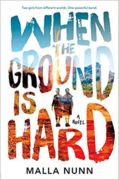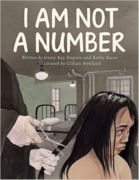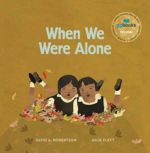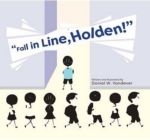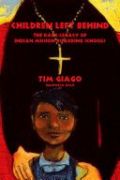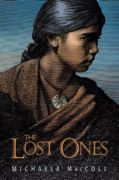 The year is 1959, and fifteen-year-old Nipishish returns to his reserve in northern Quebec after being kicked out of residential school, where the principal tells him he can look forward, like all Native Americans, to a life of drunkenness, prison, and despair. But despite his new freedom, the reserve offers little to a young Métis man. Both his parents are dead, his father Shipu, a respected leader, dying mysteriously at a young age. When Nipishish is sent to a strange town to live with a white family and attend high school, he hopes for the new life the change promises. But despite some bright spots, the adjustments prove overwhelming. Forced to return to his people, he must try to rediscover the old ways, face the officials who find him a threat, and learn the truth about his father’s death.
The year is 1959, and fifteen-year-old Nipishish returns to his reserve in northern Quebec after being kicked out of residential school, where the principal tells him he can look forward, like all Native Americans, to a life of drunkenness, prison, and despair. But despite his new freedom, the reserve offers little to a young Métis man. Both his parents are dead, his father Shipu, a respected leader, dying mysteriously at a young age. When Nipishish is sent to a strange town to live with a white family and attend high school, he hopes for the new life the change promises. But despite some bright spots, the adjustments prove overwhelming. Forced to return to his people, he must try to rediscover the old ways, face the officials who find him a threat, and learn the truth about his father’s death.
